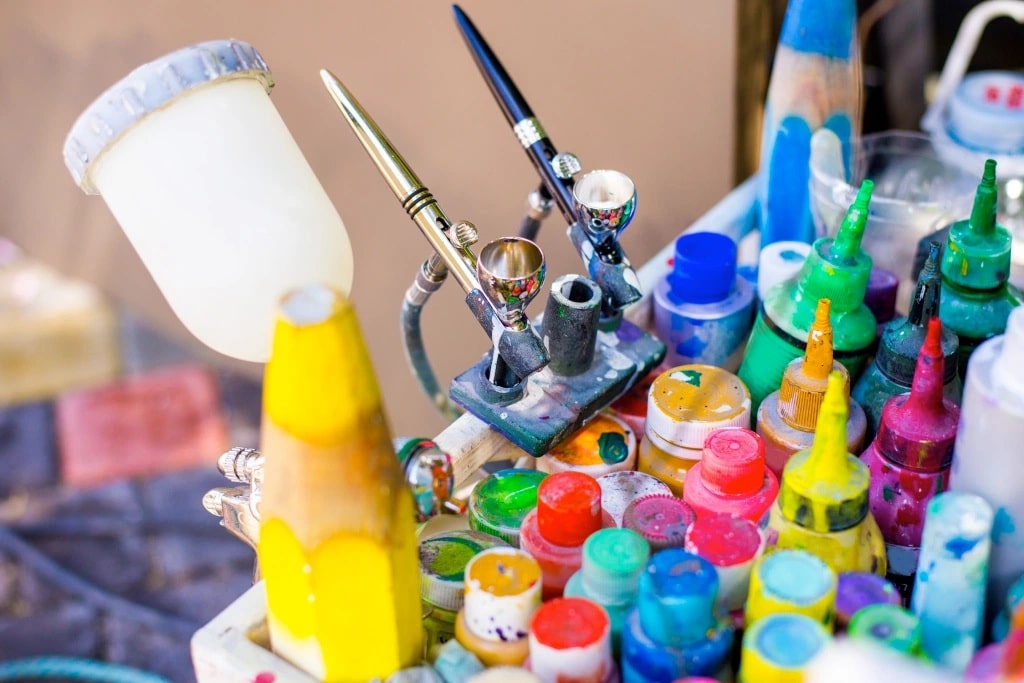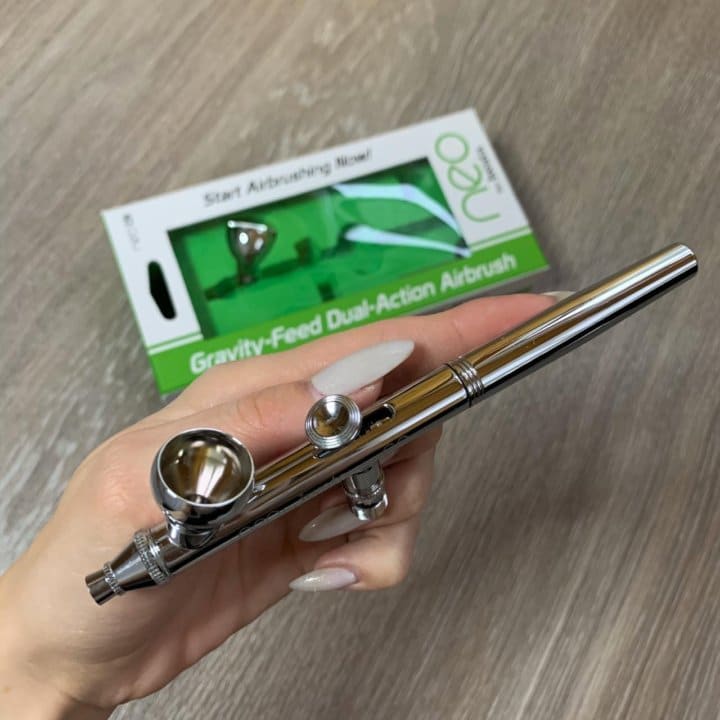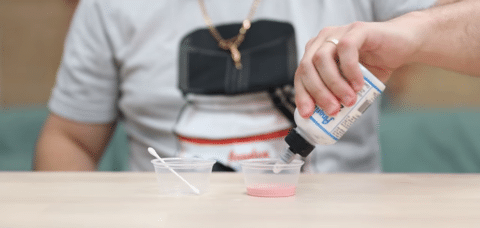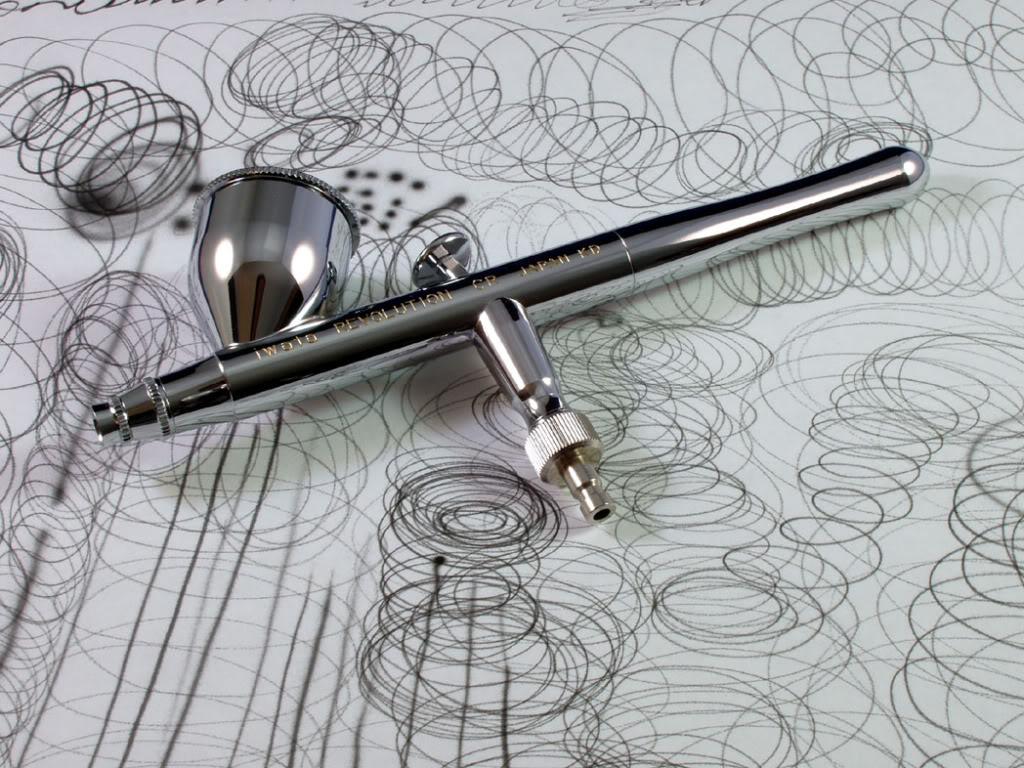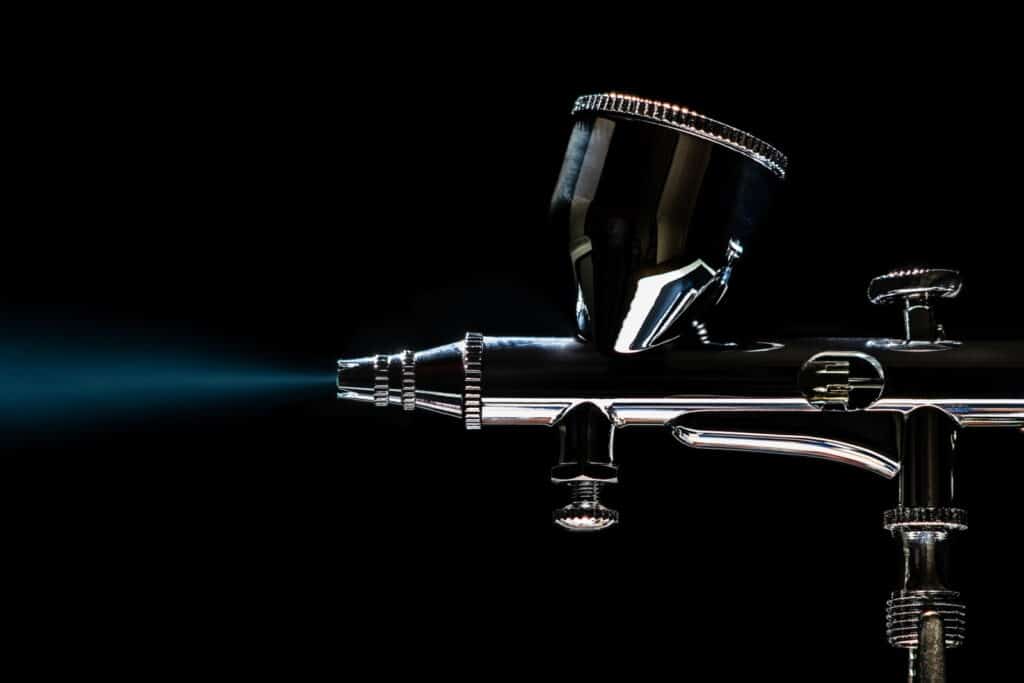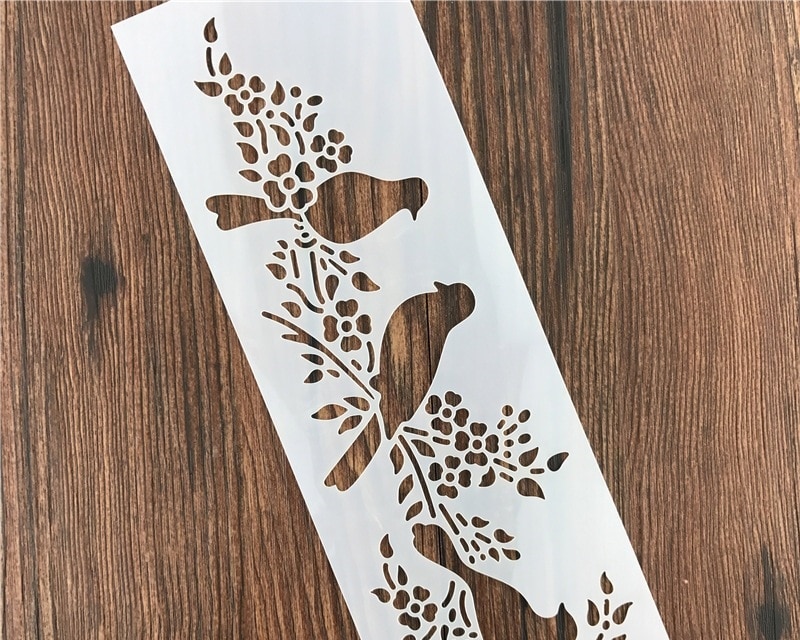

Acrylic paint is often used by artists, more especially by those who use airbrushes because of its fast drying time. The fast drying time can however be a disadvantage. Meanwhile, you can dilute or thin acrylic paint to change its consistency or color in a way that creates effects that would be impossible to achieve otherwise.
The appearance of diluted or thinned acrylic paints varies. Some may look like watercolors or even oil paintings. 30 to 70 degrees of isopropyl alcohol or water can thin acrylic paint. You just need to understand basic thinning methods, know how to rehydrate hardened paint, and know some techniques for painting with acrylics and you will be able to dilute your acrylic paints to achieve various effects in no time! In this article, we’ll see how to thin acrylic paint for airbrush use.
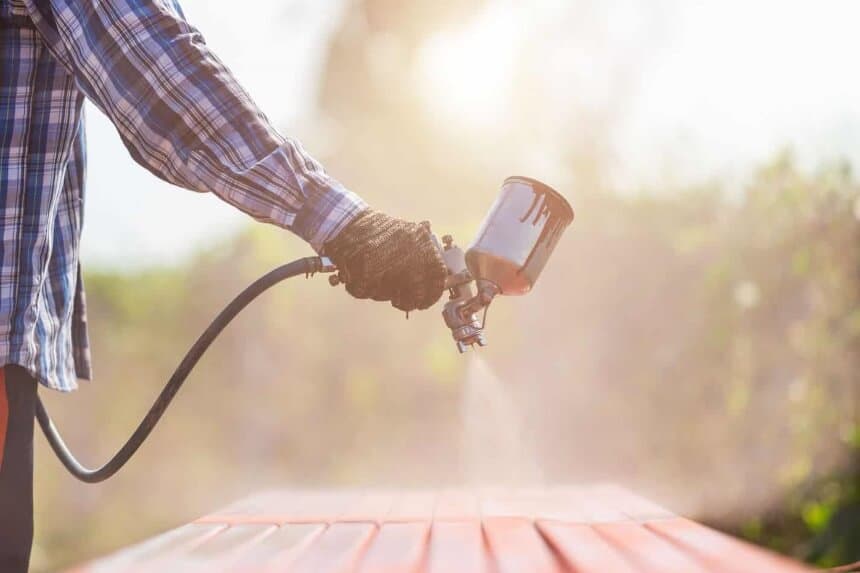
In general, professional-grade paints take longer to dry than other paints. Because acrylics dry quickly, when too much is taken out of the tube at once they are often wasted, which can end up being expensive. To avoid wasting, always start with a small amount of paint and add more as needed.
Also, you will need to work on a thinner paint pattern if you are working with airbrush for models.
Many wonder when to dilute a paint. Usually, this kind of information is mentioned on the paint packaging. However, it is always recommended to thin the first coat of paint, even if it is not indicated on the can. For good reason, this makes it possible to optimize the adhesion of the second layer.
Several reasons can lead to thinning a paint. On the one hand, the dilution makes it possible to reinforce the penetration of the paint. On the other hand, it makes it possible to offer an effect of transparency and clarity to a painting that is too thick.
In addition, painting with a diluted product also allows for ease of application, and therefore it does not require too much effort. The amount of the diluent is usually indicated as a percentage of the total amount.
Normally, the paint dilutes between 5 and 10% for the first coat and 3 to 5% for the second. That said, you have to choose the right thinner for the type of paint.
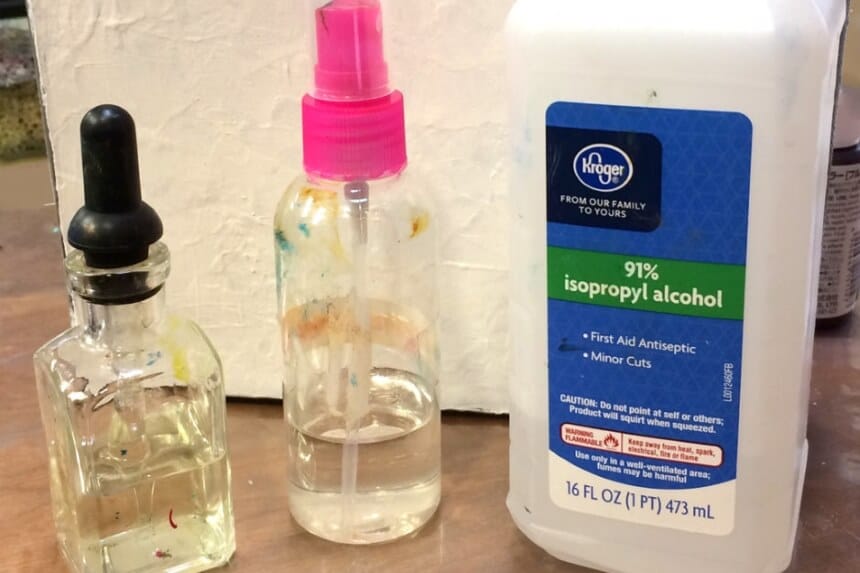
To do it, you can use a mixture of 20% alcohol and 80 percent of water while keeping it in a Model Master thinner or Polyscale bottle.
Note that too much alcohol can even make the acrylic paint dry faster. Some can get away with this. However, just a little can thin the flow of the paint, cutting surface tension while also preventing beading.
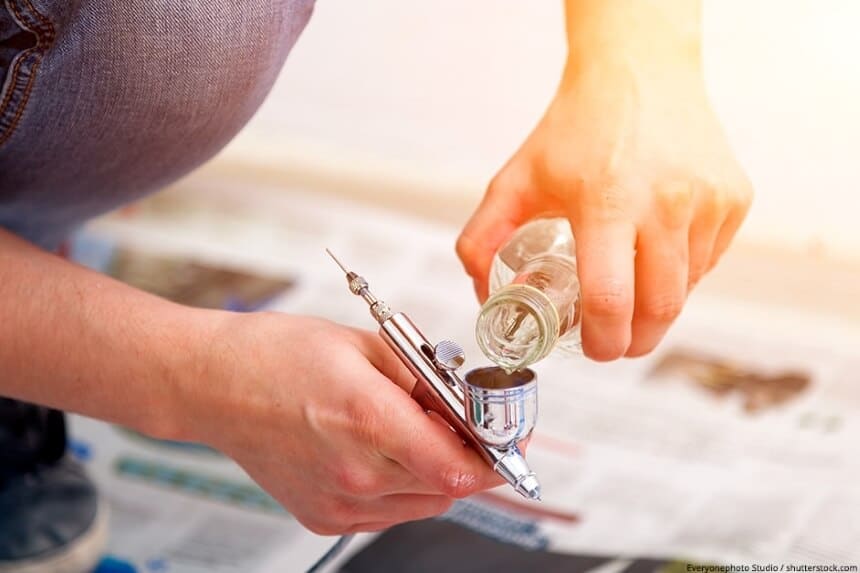
The acrylic thinner only changes the viscosity, i.e., the viscosity of the paint, from creamy to more liquid. The color pigments retain their shape and intensity. Due to the additional binding agent, the color is less absorbed, which means that the color has a stronger radiance. In addition, the surface shines after drying.
Tried and recommended by airbrush painters, the Acrylic Paint Thinner from Impressa is a typical example of an acrylic paint thinner. It ensures slower drying of acrylic paints and comes in an 80 oz bottle.
You can also use a gloss medium for even more shine. By varnishing with a final varnish, you can give your picture a uniform surface.
Always follow the directions on the bottle for adding the drying retarder. In general, it should simply be added in small quantities using a brush.
Tip: So that the color intensity is retained when thinning with an acrylic binder, you should not use more than 50% acrylic thinner.
Different diluents react differently depending on their composition and the type of acrylic paint used. It is advisable to add the product little by little until the desired effect is obtained.
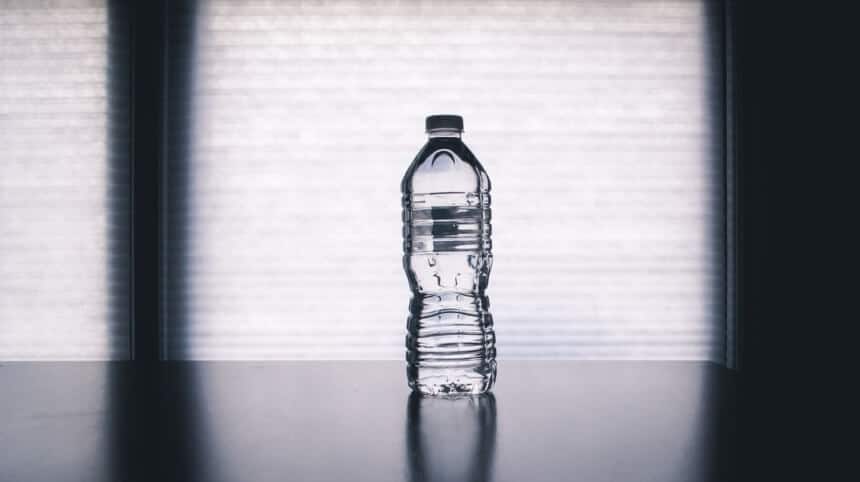
If you only want to thin the paint slightly, dip a paintbrush in clean water to wet it. If you add too much water, the paint may be too runny. If you don’t add enough, it may have virtually no effect.
To dilute the acrylic paint significantly, pour some water into a container containing the paint. Then mix.
Make sure to mix the water and the paint evenly. Otherwise, the paint may form patches or have an uneven color.
You can add gesso to water the paint mixture. This is a primer for the surface you paint on with acrylics. It allows acrylic and oil paints to adhere better. You can also use it to thin and increase the volume of the paint, which will be very lightly colored by the gesso.
You can incorporate the gesso into the paint by mixing the two products with a clean brush. Be careful, if you add gesso in addition to water or another thinner, the paint may become too runny.
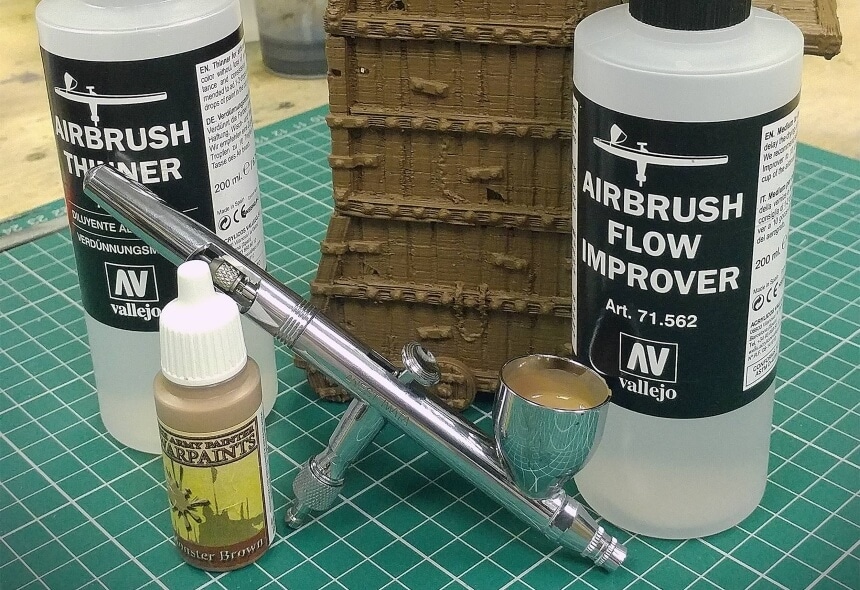
Always follow the directions on the bottle for adding the drying retarder. In general, it should simply be added in small quantities using a brush.
Different flow improvers react differently depending on their composition and the type of acrylic paint used. It is advisable to add the product little by little until the desired effect is obtained.
Test the consistency of the paint with a palette knife. Use a piece of empty canvas or another surface to test the paint. When you dilute acrylics, their color and thickness change. After diluting a paint, pick up some with a palette knife to see if the consistency and color are right for you.
The video below compares different methods of thinning acrylic paint.
Instead of using water or acrylic binder to dilute, you can also use a pouring medium. A medium allows, like water, to dilute your acrylic paint. However, it has a few other advantages.
Be careful, however, not to fall into a frantic purchase of all the mediums you find. The pouring medium was developed for acrylic pouring to ensure that the acrylic paint flows better. But you can also use it to paint with acrylic paint. The pouring medium has a similar effect as the acrylic binder, but it increases the drying time so that there is more time to paint before the paint has dried.
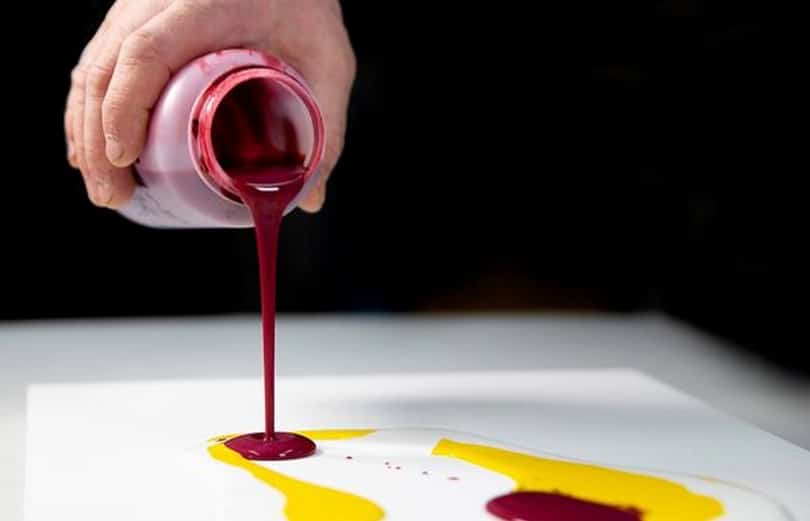
Tip: To strongly dilute the acrylic paint, 10–20% of the pouring medium is sufficient. If you use 10 to 20% of the pouring medium, you already increase the flowability of the paint significantly.
Another way to thin acrylic paint is to use an acrylic binder. The binder makes the paint more fluid and affects its viscosity. The big advantage here is that the color intensity and opacity do not decrease.
Use up to 50% acrylic binder to make the paint more fluid while maintaining the same radiance. If a larger amount of the binding agent is used, a constant color intensity can no longer be guaranteed. This agent is specifically used to make the color more fluid without affecting the opacity.
Paint thinners don’t usually make the paint thinner. However, they can make the paint to be more transparent. However, airbrush thinners will thin the acrylic paint directly. It’s however always ideal to make use of flow improver in increasing the paint flow while helping you avoid the paint from drying out. A typical example and one of the most purchased airbrush thinners is the US Art Supply 16-Ounce Pint Thinner. Acting as a reducer and an extended, this is ideal for all types of acrylic paints.
As earlier mentioned, paint thinners don’t usually make the paint thinner but can make the paint to be more transparent. However, paint extenders are mediums that add moisture to the paint, therefore, prolonging the acrylic paint’s drying time to get the most from your material.
Instead of spending extra dollars purchasing airbrush thinners, you can have homemade airbrush thinner. As we’ve explained earlier, the easy-to-make solutions are with distilled water and isopropyl alcohol.
However, there is a very simpler trick to succeed in restoring a more fluid consistency to a painting. You can start by opening the paint jar without damaging it. Be careful to place the cover on paper, cardboard, or plastic. This avoids any extra thickness which prevents the pot from being properly closed afterwards.
To recover a paint that is too pasty, you can immerse the open jar in a container of hot water. Then, reheat it in a water bath at a low temperature without obviously boiling it. The fluidization can be helped by regularly mixing the paint. You can use a stick, bar, hanger, or ideally a professional paint mixer.
It is also possible to heat the paint with a radiator, a blower, or even an air heater. However, it must be powerful to sufficiently increase the temperature inside the pot.
Does the paint look to have dried or had just dried? Here are ways to make it usable.
If it’s hardened completely, you won’t be able to thin it, but if you have paint that is still a little sticky or soft, you should be able to make it usable. You can insert a finger or tap it with a brush or palette knife to determine its condition.
If the paint is particularly solid, press it down firmly with a finger, the handle of a paintbrush, or a palette knife. If you leave a hollow there, there is a good chance that you can bring the painting back to life.
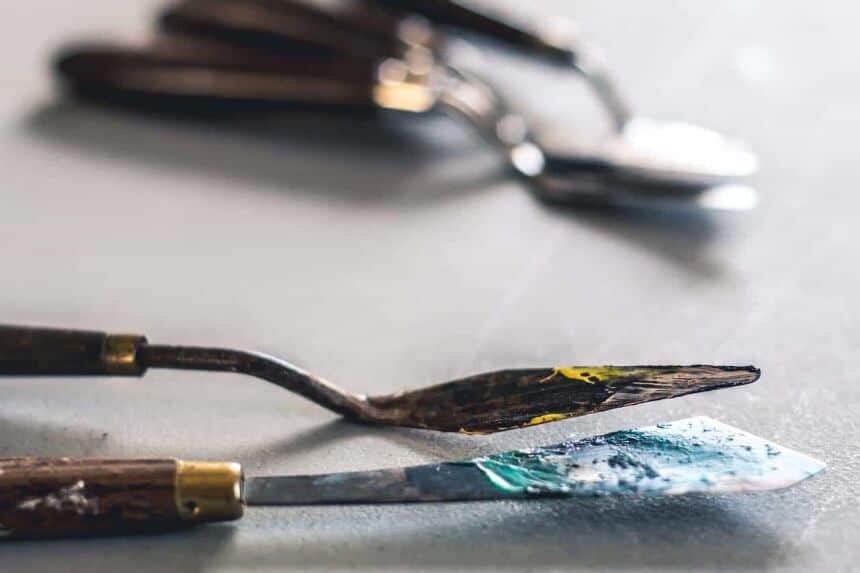
It may be easier to mix the paint if you put the palette on a solid surface. Hold it firmly, as its smooth surface may slip on the worktop while you crush the paint with the knife.
If, when you pressed the paint with an object, you saw that it was very hard, but still slightly malleable, you might not be able to soften it as you would in other cases. It will have to be crushed with a palette knife to incorporate water.
This action forces water to pass through the thicker, solidified parts of the paint. If you don’t see any change in consistency after a few minutes, the paint is probably too dry to be reused.
There are a few things to consider when thinning acrylic paints so as not to ruin your work:
Art materials can be very expensive and at first, you are likely to buy student-grade acrylic paints. They are the ones that cost the least, but also those which cover the least surface and whose color changes the most during drying. Professional-quality paints have a higher pigment content, exhibit a wider color gamut and change less color as they dry.
Student-grade acrylic paints are not necessarily less useful or worse than professional-grade ones. They are excellent for large projects requiring a large amount of paint or for painting undercoats that will not show in the end.
Besides their short drying time, there are many other factors to consider when choosing acrylic paints. In general, it is possible to rehydrate acrylic paints with water as long as they are not completely dry, but you cannot do this once they are completely dry.
It is important to take this factor into account because if you want to employ a technique of peeling paint from the medium, as you would with gum arabic and watercolors, you cannot use acrylic paints. Once you have applied a coat of acrylic paint and it is dry, you can no longer rehydrate it.
Practice creating the colors and effects you want. It is possible to achieve many different styles with acrylic paints. You can use them to create works similar to watercolors or even oil paintings with great finesse. However, you will need to experiment a lot. Acrylic paints have different compositions, and each has specific properties.
With experience, you will no doubt learn how much of a particular paint to thin to achieve the desired color. To learn this skill, take note of the process you went through to achieve a particularly successful color by thinning the paint.
The most common acrylic paints (probably the ones you use) have a satin finish, also known as a semi-matte. Other common acrylic paints are those that have a glossy or matte finish.
If you dilute the acrylic paint enough to give it the consistency of watercolor, you can apply it to the canvas to make a background. Once this wash is dry, you can paint freely over it.
In most cases, acrylic paint is not soluble when dry. What this means is you can paint on the acrylic wash without the paint smearing or running.
You can mix acrylic paints without a problem. Work on your color theory and practice mixing with inexpensive paints while you master the technique. Since these paints dry quickly, if you hesitate to mix them or take too long, they may harden before you can apply them to the canvas.
You may be able to slow down the drying by mixing the paints on a damp piece of paper or cardboard. If you are using a plastic palette, consider spraying water on the paint.
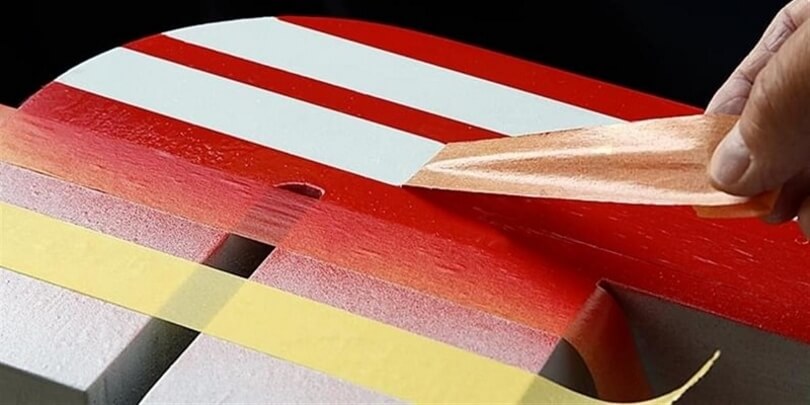
The masking tape will protect the paint it is applied to from the second coat of paint. In addition, there is little risk that the tape will tear off the paint when you peel it off the board.
What is acrylic paint made of?
Acrylic paint mainly consists of color pigments, binders, and sometimes other agents for better durability. This composition ensures that the paint is easy to use, dries quickly, and can be thinned with water. The color pigments are included so that the colors are beautifully intense. Thanks to the binder, acrylic paint dries quickly and evenly. It also ensures that the paint shines and is waterproof after drying. The acrylic binder has no negative influence on the opacity. The durability enhancers make the paint last longer, but there is a suspicion that they could be harmful to health. That is why they are less and less common in high-quality acrylic paint. You can recognize high-quality acrylic airbrush paints by a high proportion of color pigments.
How does acrylic paint become more fluid?
By adding water, the connection between the individual color pigments is broken down, which dilutes the color. This makes the paint more fluid and, like watercolors, can be applied almost like a glaze.
Can you recover dried-on acrylic paint?
If the acrylic paint has already dried, it can no longer be revitalized. However, if the paint has just dried, it may be recovered by adding water and a little acrylic binder. To do this, the mixture should be stirred thoroughly. So that the acrylic paint does not dry out in the first place, it is advisable to put slightly damp kitchen paper over the paint or to spray it with a little water. This will delay the drying process.
It is strongly recommended to dilute acrylic paint to allow good penetration. But it will still be necessary to know how to thin acrylic paint for airbrush. For this, you must choose the right thinner for the paint. Water is the ideal thinner for thinning acrylic paint. If you want to paint with an airbrush, the amount of thinner you need also depends on it.
The purpose of diluting with water is to make application and adhesion easier while gaining performance. If the paint is too thick, dilution also helps to gain viscosity. For this, check the water level indicated by the manufacturers. These recommend adding between 5% and 10% water, so as not to remove opacifying power of the paint. This can barely represent a glass of water for 5 liters of paint!
Slowly and gradually pour the water into your tank, while mixing. Stir regularly if you notice that the paint is not homogeneous or that the water is rising. If your set is well thinned, the paint should not drip or run when you insert a brush in the thinned paint and hold it in the air.
